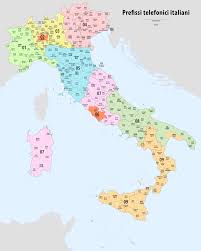Exploring Italy: A Land of Rich Heritage and Modern Growth

The Significance of Italy
Italy, known for its profound influence on art, architecture, and cuisine, remains a pivotal country in both Europe and the world. Home to an extensive cultural legacy, Italy’s historical cities such as Rome, Florence, and Venice are renowned for their art treasures and architectural marvels. Today, Italy faces numerous challenges and opportunities that shape its identity and future.
Current Economic Developments
As of 2023, Italy is witnessing a gradual recovery from the impacts of the COVID-19 pandemic, with the economy projected to grow by 1.5% according to Eurostat. The tourism sector, a vital part of the Italian economy, is rebounding, with an increase in international travel bringing tourists back to iconic locations. Italy welcomed approximately 65 million visitors in 2022, signalling a strong recovery trend. However, regions like Lombardy and Veneto are still striving to restore pre-pandemic tourism levels.
Cultural Initiatives and Innovations
Italy is not just a center for historical tourism; it is also becoming a hotspot for innovation. The country is heavily investing in sustainable initiatives and technology-driven local businesses, particularly in renewable energy and digital technology sectors. Recent government policies aim to encourage start-ups, particularly in areas like Milan, where technology and fashion converge. Additionally, Italy’s commitment to preserving its cultural heritage while embracing modernity can be seen in projects that digitise art and promote accessible cultural experiences.
Environmental Challenges
Italy is grappling with significant environmental issues, including climate change and pollution that threaten its historical sites. The Italian government has set ambitious goals to combat climate change, aiming to reduce greenhouse gas emissions by 55% by 2030. Environmental activists and policy-makers emphasize the necessity to protect not only the environment but also Italy’s rich cultural heritage from the ravages of climate change.
Conclusion
Italy stands at a crossroads where its historic legacy meets the challenges of the contemporary world. As it revitalises its economy and fosters innovation while striving to mitigate environmental threats, its future remains deeply intertwined with its past. For readers, understanding Italy’s current trajectory enhances appreciation for its cultural and economic significance globally, making it a compelling case study of resilience and adaptation.









